In this article, we’ll explore the fascinating world of zucchini, from its origins and health benefits to its versatile culinary uses. Whether you’re looking for inspiration in the garden or the kitchen, read on to uncover the secrets of this green gem and discover why it’s worth embracing!
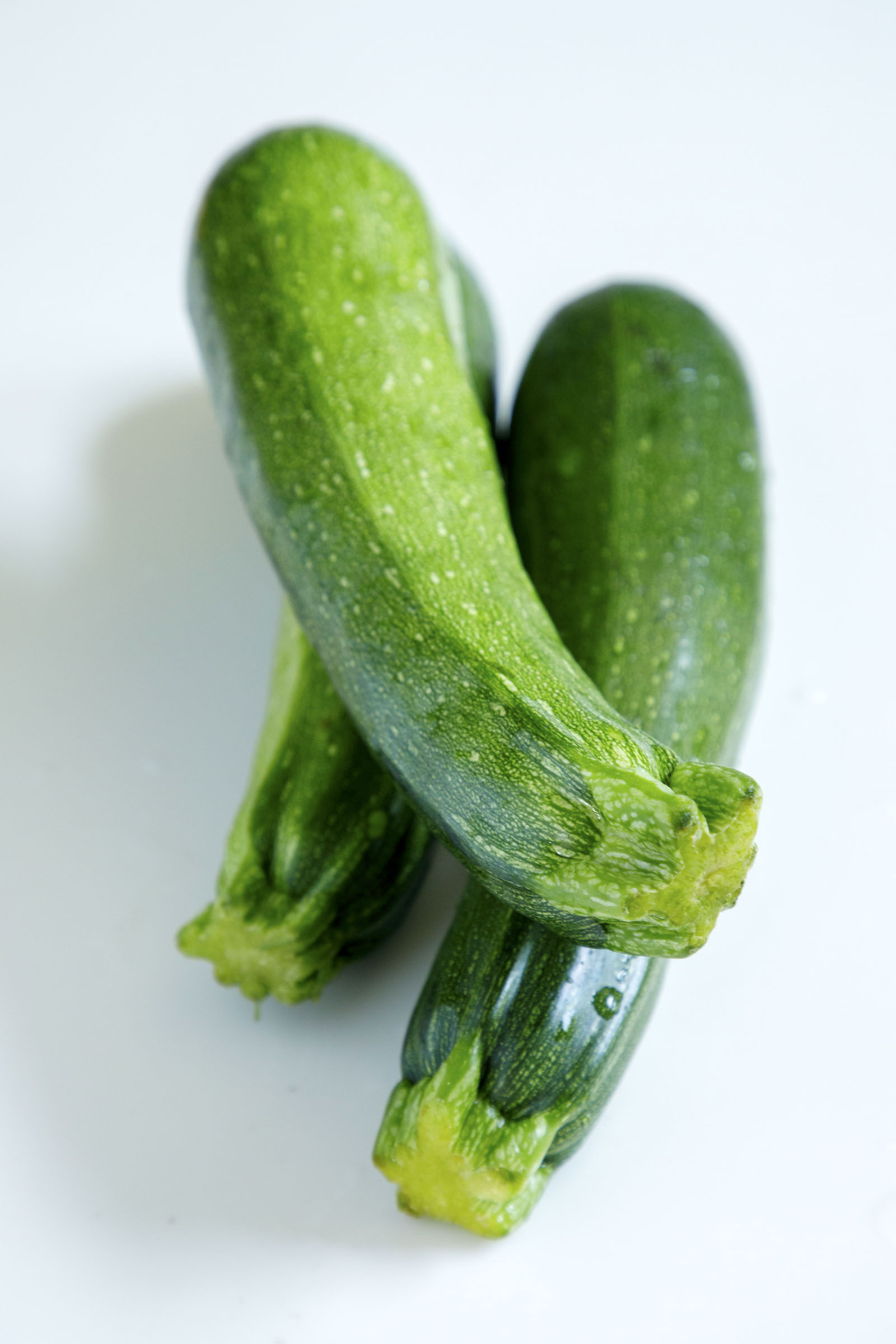
Zucchini is not just a visually appealing and delicious addition to your plate, but also a powerhouse of nutrition. Get ready to uncover a plethora of fascinating facts, tips on how to grow it, as well as tempting recipes to inspire you to use it in new ways!
Let’s dive in!
Table of Contents
What is Zucchini?
Zucchini,also known as courgette,belongs to the summer squash family. It is native to Central and South America but has become a staple in many cuisines worldwide. It comes in many shapes and colors,with a mild,slightly sweet taste and a tender texture that makes it a blank canvas in cooking.
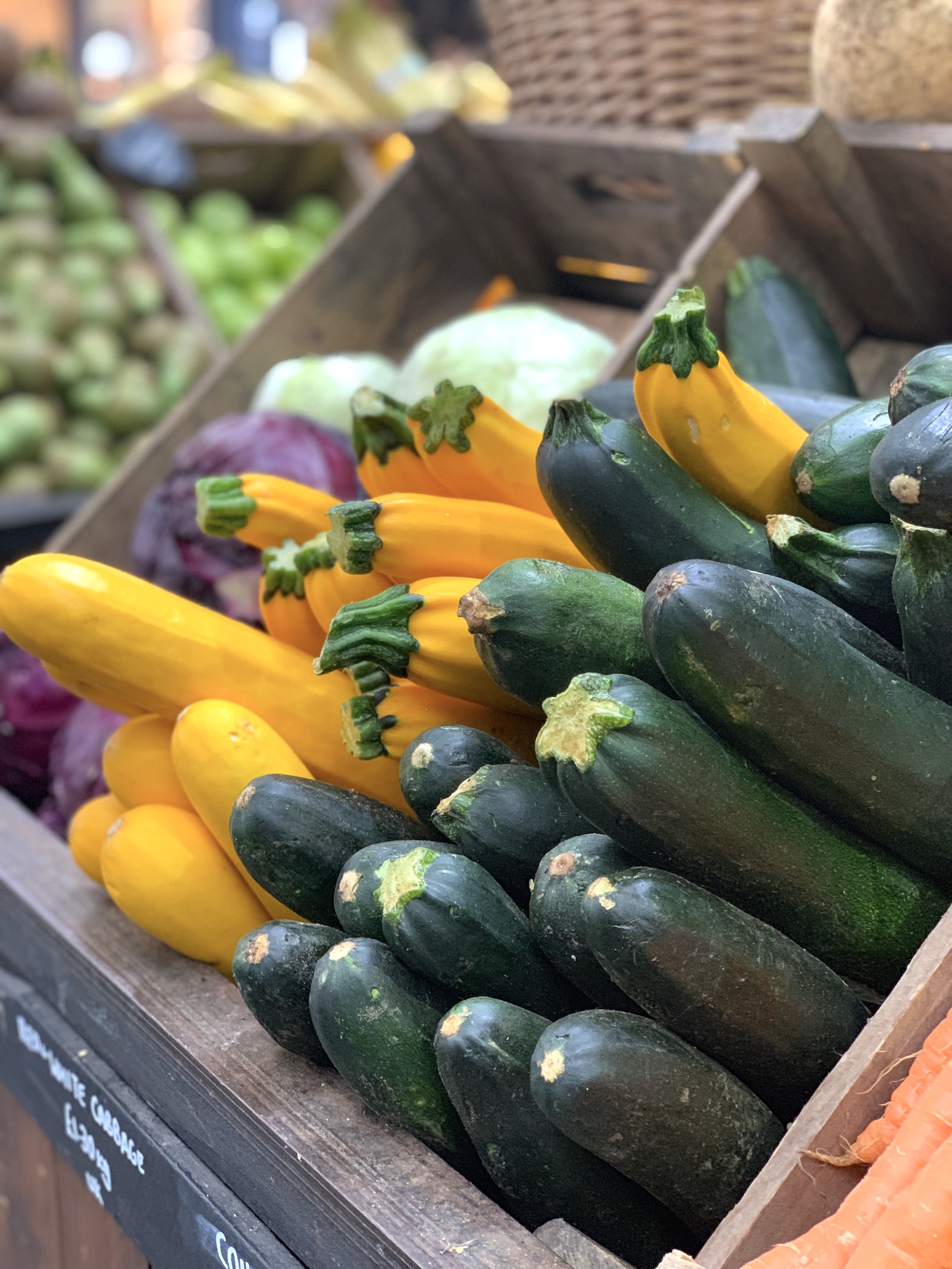
Interesting Facts about Zucchini:
- Did you know that zucchini is technically a fruit? Yes,botanically speaking,it falls under the fruit category due to its seed-bearing nature.
- This summer squash comes in many shapes,including a perfect sphere. It comes in many shades of green – some so light as to be almost white,while others are so dark as to be almost black – there are also golden yellow varieties.
- It originates from the Americas and was introduced to Europe by Christopher Columbus during his voyages.
- The word “zucchini” derives from the Italian word “zucchino,” meaning small squash.
- They are composed of over 95% water,making it a hydrating choice for hot days.
- The largest zucchini ever recorded weighed a whopping 65 pounds!
Noteworthy Health Benefits:
Zucchini is a nutritional powerhouse,offering an array of health benefits:
- It’s low in calories and high in fiber,which supports weight management,aids digestion and promotes gut health.
- Packed with vitamins A,C,and K,it promotes healthy skin and boosts the immune system.
- Rich in potassium,zucchini helps regulate blood pressure and maintains heart health.
- Contains antioxidants that help reduce inflammation and protect against chronic diseases.
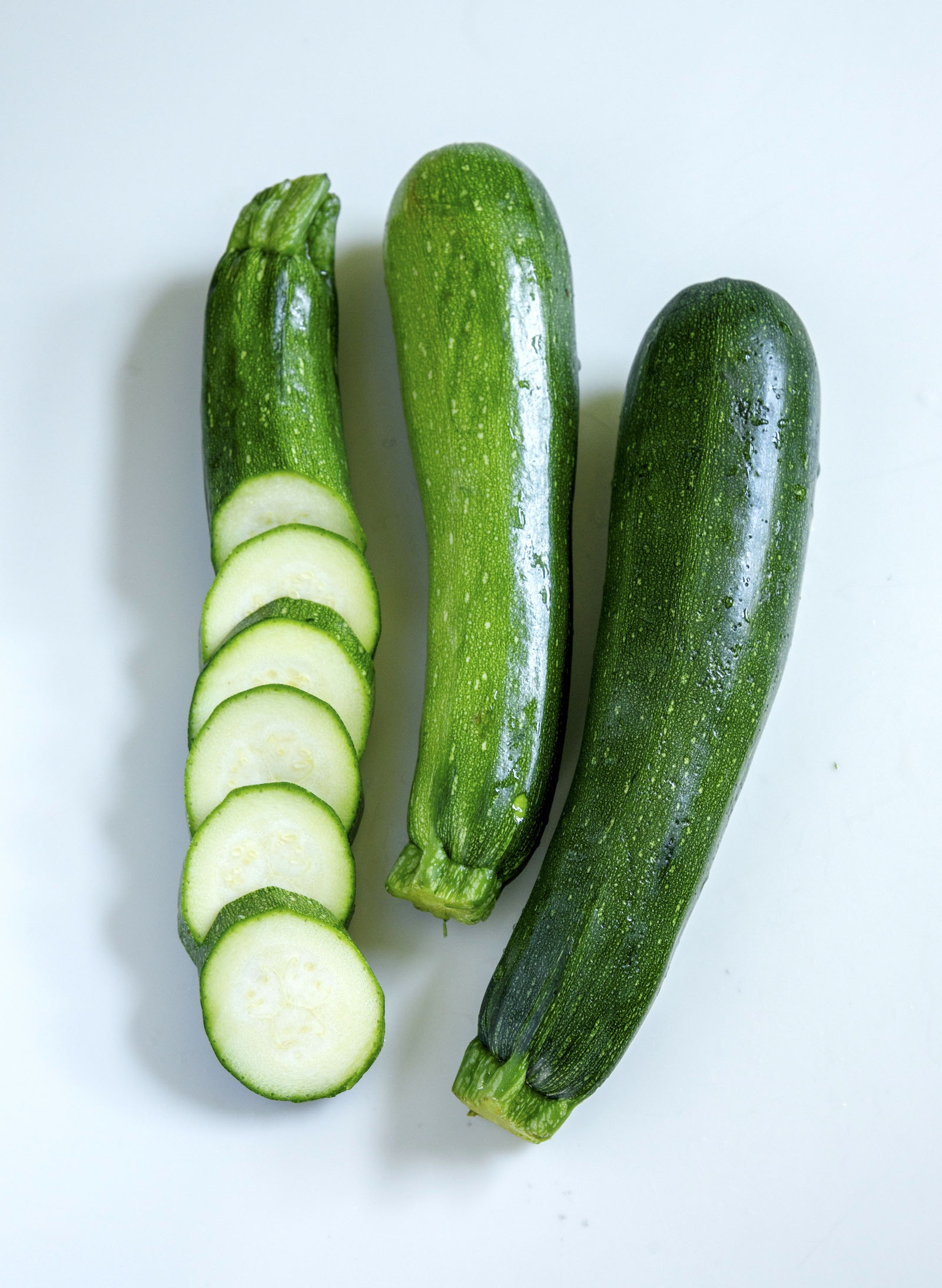
Nutrition Information:
Serving Size:1 cup (approximately 180 grams)
- Calories:17
- Carbohydrates:3.5 grams
- Protein:1 gram
- Fat:0.3 grams
- Fiber:1.2 grams
Is Zucchini Keto-Friendly?
Yes! Zucchini is an excellent choice for those following a keto diet. With its low carbohydrate content and high fiber content,it can be enjoyed regularly on the keto diet. As always,tracking to ensure you don’t exceed 20g net carbs per day is the key to staying in ketosis.
Culinary Uses:
Zucchini’s mild flavor and adaptable nature make it a favorite in various cuisines worldwide. It can be used as a substitute for higher-carb ingredients in various recipes,such as spiralized“zoodles” replacing traditional pasta.
Here are some popular types and their uses:
- Common green cylindrical:Ideal for sautéing,stewing,grilling,stir-frying,and baking.
- Spherical zucchini:Best suited for salads,roasting,stuffing,and pickling.
- Zucchini Rampicante– Picked early they are a classic zucchini,when left to age on the vine they become sweet and orange-fleshed like butternut squash.
- Zucchini blossoms:These delicate flowers can be stuffed,battered,and fried for a tasty appetizer.
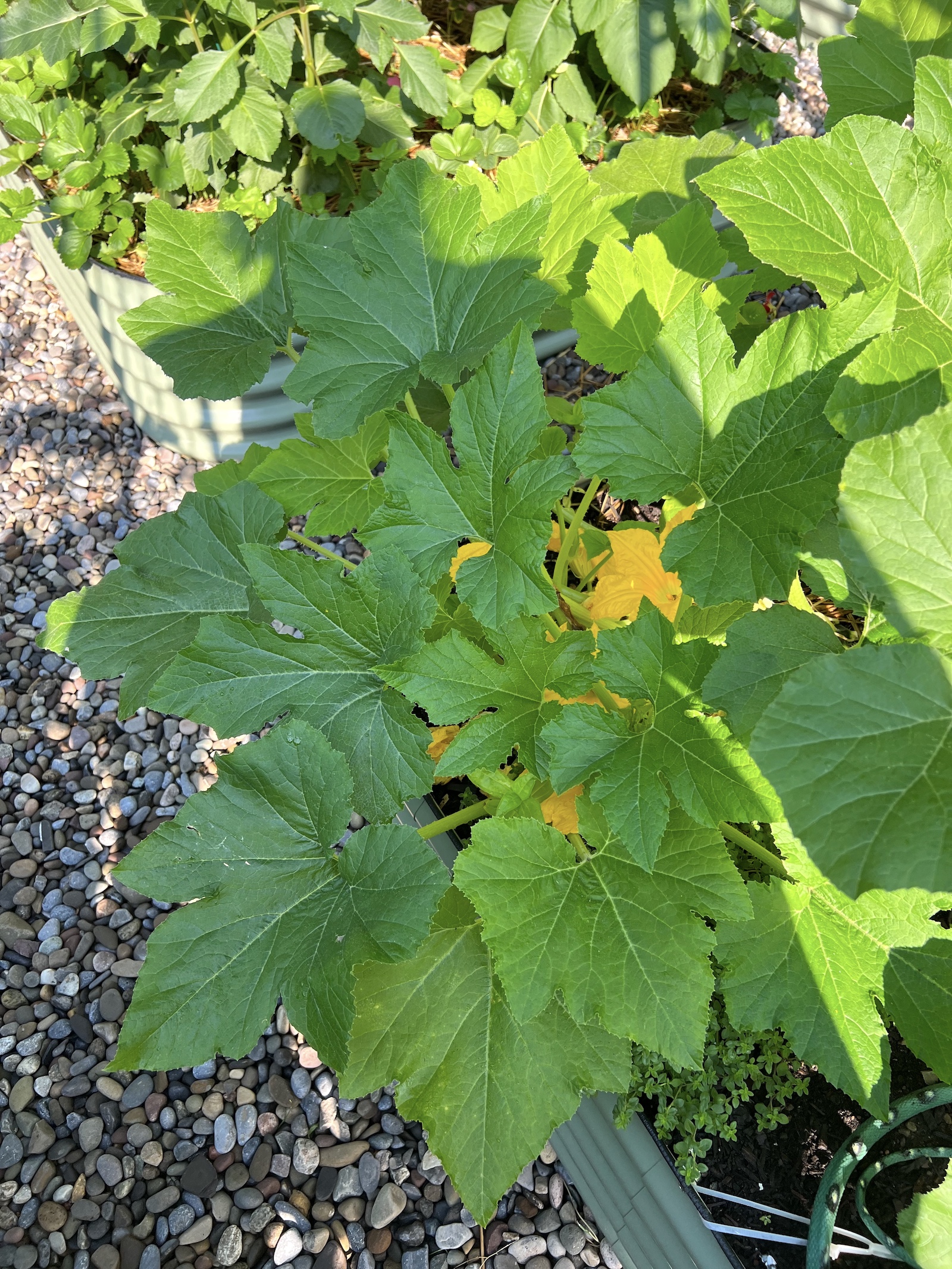
How to Plant and Grow Zucchini:
Growing zucchini is a rewarding experience. Follow these steps to cultivate your own plants:
- Choose a sunny spot in your garden with well-drained soil that is rich in organic matter.
- Sow seeds directly into the ground (after all chance of frost) in groups of 3 – 5 seeds per 3 foot square.
- Thin out the weakest seedlings to ensure plenty of room to grow.
- Regularly water your plants from the bottom,and remove any yellowed or diseased leaves promptly.
Common Pests and Control Methods:
While summer squash plants are generally resilient,they can face challenges from pests like aphids,cucumber beetles,squash bugs,and vine borers. Powdery Mildew is also a concern. Try these natural control methods:
- Plant varieties that are resistant to diseases and pests. Zucchini Rampicanteis a vining variety not bothered by Squash Vine Borers.
- Attract beneficial insects,such as ladybugs,to your garden.
- Regularly inspect your plants for signs of infestation.
- Remove any diseased or dead leaves or fruit regularly.
- Wrap the bottom 3 inches of your stems with aluminum foil to deter borers.
- To prevent powdery mildew,avoid watering from above which wets the leaves. Always water the soil below the leaves and if it is a very rainy year,you may want to keep some copper fungicide spray on hand which will stop powdery mildew from taking over the plant.
- Use organic insecticides as a last resort.
How to Harvest:
Once the zucchini reaches a length of 6-8 inches,it is ready for harvest. Use a sharp knife or shears to cut it from the stem. Harvest regularly to encourage continuous production,and to avoid the squash getting too large.
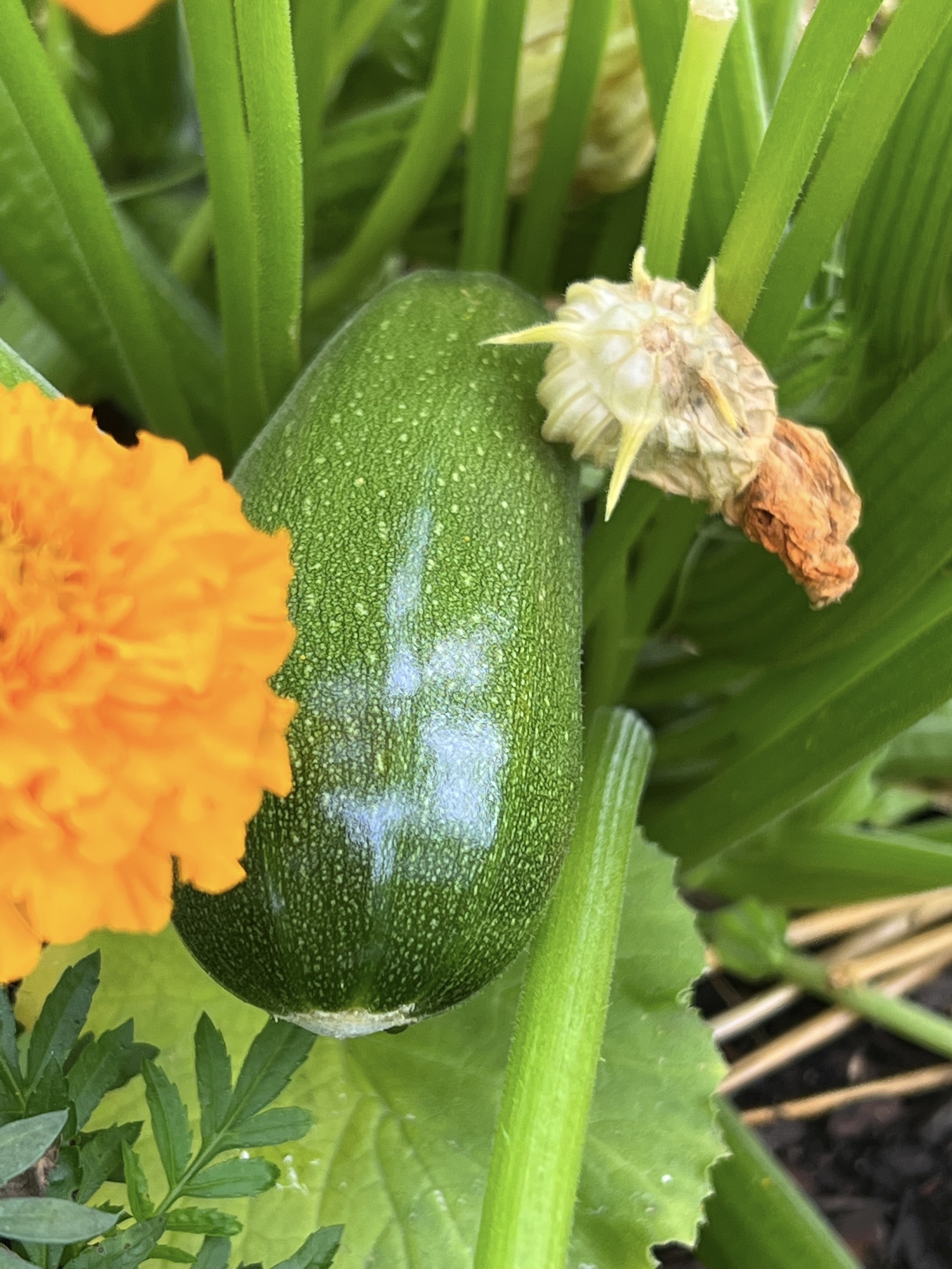
How to Store:
To prolong the shelf life of zucchini,store it unwashed in a perforated plastic bag or a vegetable drawer in your refrigerator. Avoid storing it near ethylene-producing fruits,as they might cause it to spoil faster. Fresh zucchini can last up to a week when stored properly.
You canfreeze them,but you have to blanch them first for best results. Find out how to prep and freeze zucchini here.
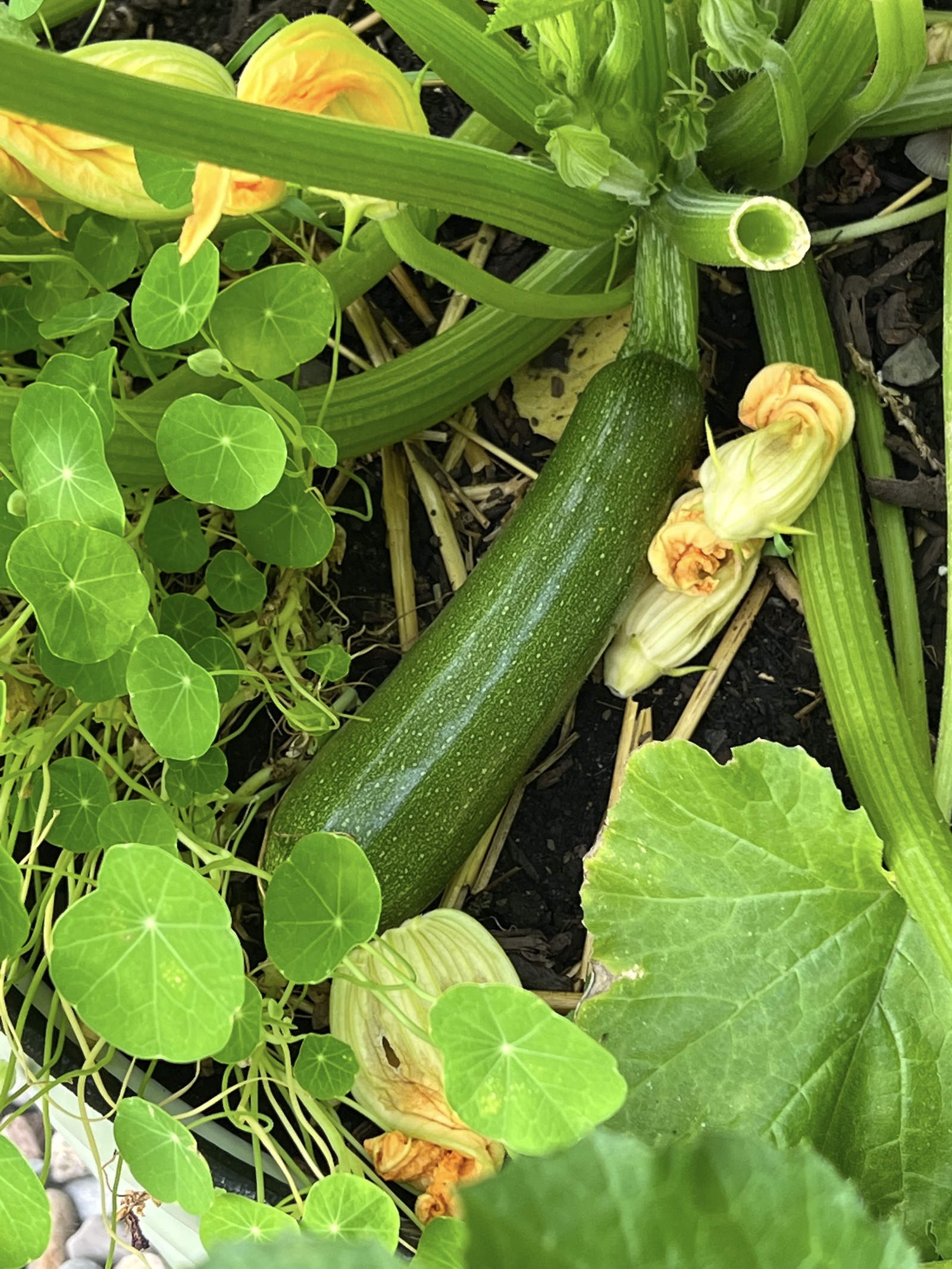
This amazing summer squash offers myriads of culinary possibilities and incredible health benefits. From planting to plate,you now have the knowledge and inspiration to fully embrace this green gem.
Happy cooking and gardening!
–

